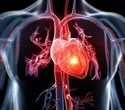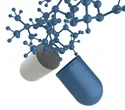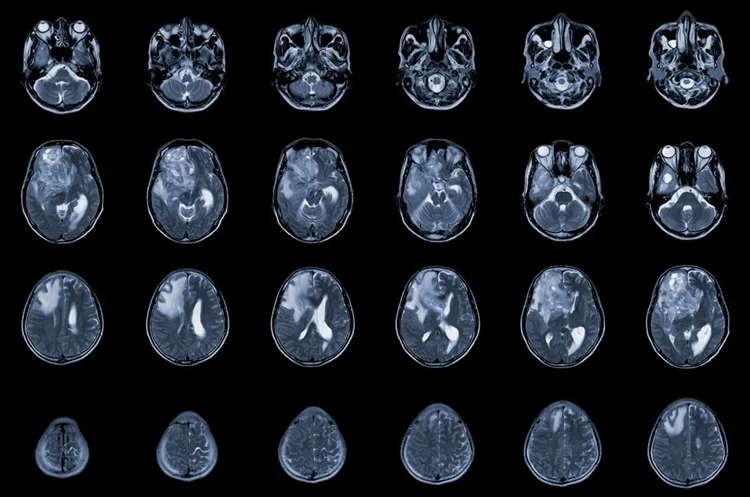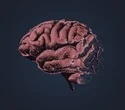New risk score identifies heart disease risk in kidney transplant patients

Using an innovative risk score assessment score, heart researchers at Intermountain Health in Salt Lake City say they can accurately predict whether patients being assessed for kidney transplant will likely have a future major cardiac event, like a heart attack or stroke , according to a new study. Intermountain Health clinicians regularly review patient data through their electronic health system to determine who may have heart disease without knowing it. Now, in a major new study, Intermountain heart researchers found that using their Intermountain Risk Score (IMRS) they could also accurately predict whether patients being assessed for kidney transplant would have a major cardiac event, like a heart attack or stroke. Findings from the new study will be presented at the American Heart Association Scientific Sessions in Chicago on Sunday, November 17, 2024. The Intermountain Risk Score is a well-validated, sex-specific risk prediction tool that includes factors like age and resu...









